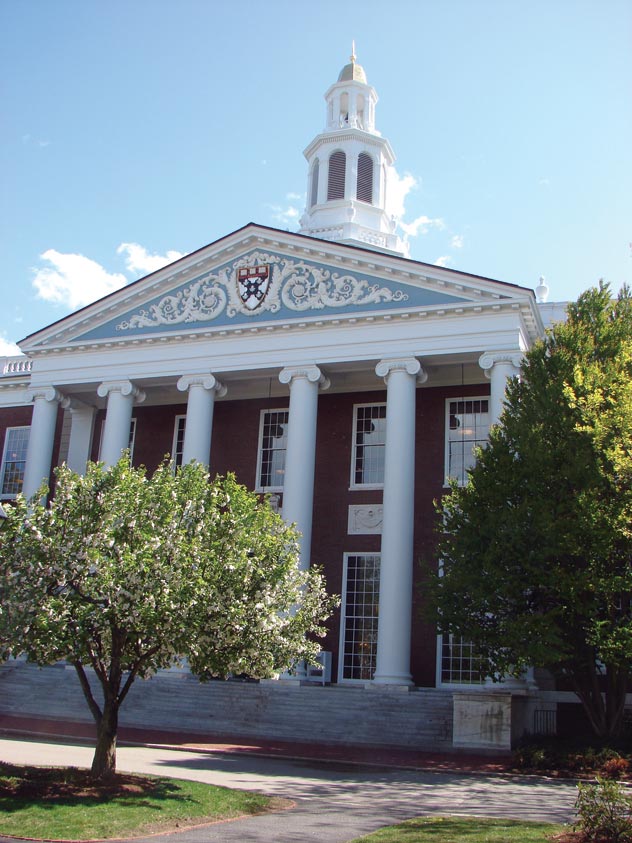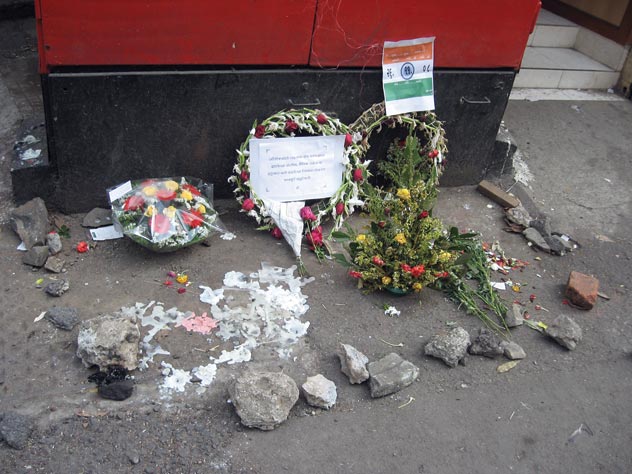RESEARCH:
Lessons from Taj Hotel: Harvard Case Study
Twelve Taj employees out of a total of 31 were killed inside the Taj hotel in an effort to protect guests from jehadi terrorists during the 26/11 Mumbai attacks in 2008. The Harvard Business School has devised a study module that looks at the staff’s selfless service for their customers, writes Siddharth Srivastava.

(Above): Smoke billows out of a burned room of the Taj Hotel during the 2008 Mumbai terror attacks. Despite access to secret exits, many hotel employees laid down their lives protecting hotel guests.
During the 26/11 Mumbai attacks in 2008, the employees of the upscale Taj Hotel had stood out for their bravery and selflessness in protecting guests from the marauding and heavily armed jehadi terrorists, while many could have escaped via exits known only to staff.
Twelve Taj employees out of a total of 31 were killed inside the hotel that included the very sad instance of a general manager whose wife and two sons were killed. The said employee, however, continued to assist in evacuating the guests, despite knowing that his family had perished at the hotel top floor.
A couple of years down the line the Harvard Business School has devised a study module that looks at the staff’s selfless service for their customers beyond their line of duty to save lives. Nobody could be trained or prepared for such an event that shocked the globe.
The multimedia case study, “Terror at the Taj Bombay: Customer-Centric Leadership” by Harvard business school Professor Rohit Deshpande delves into “the bravery and resourcefulness shown by rank-and-file employees” during the attack.
Deshpande teaches the case in the School’s Owner/President Management Executive Education program.
According to the HBS website, the study looks at reasons “why the Taj employees stay at their posts (during the attacks), jeopardizing their safety in order to save hotel guests“ and how can the “level of loyalty and dedication be replicated elsewhere.“
In a documentary-style description of the daring attack on Mumbai that shook the world, the study includes on-camera interviews with hotel staff and footage of the attack that was televised worldwide.
The study tries to deconstruct the extremely risky leadership role the top and bottom hierarchy of the hotel voluntarily assigned themselves in the wake of gun toting militants who had infiltrated from Pakistan via the Arabian Sea, shooting anybody they sighted.
There are words about Indian tradition and culture of hospitality wherein the “guest is God.” Some of the study looks at the unique history of the Taj Group and high focus on training employees who are taught to buttress India’s cultural roots.

(Above): The Harvard business school in Cambridge, Mass. The multimedia case study, “Terror at the Taj Bombay: Customer-Centric Leadership” by Harvard business school Professor Rohit Deshpande delves into “the bravery and resourcefulness shown by rank-and-file employees” during the attack.
One more key area about India and the developing world is that “there is a much more paternalistic equation between employer and employee that creates a kinship.“
“Not even the senior managers could explain the behavior of these employees, “ Deshpande says on a HBS forum, adding that the employees “knew all the back exits, “ yet stayed back help the guests.
“The natural human instinct would be to flee. These are people who instinctively did the right thing. And in the process, some of them, unfortunately, gave their lives to save guests.“
“And is this level of loyalty and dedication something that can be replicated and scaled elsewhere?’“
Saying it was one of the “hardest cases“ he has worked on, Deshpande adds it was not easy to make people relive their traumatic experience again.
“We objectify it, keep emotion at a distance, but after 15 minutes of questions with a video camera in a darkened room, there are deeper, more personal reflections of what happened, “ he says, adding that Taj employees felt a sense of loyalty to the hotel and sense of responsibility to the guests.
“Nothing in the employees’ training could have prepared them for such an unprecedented situation,“ Deshpande says. “The case can also be taught as an example of managing the post-crisis recovery of a flagship corporate brand.“
Indeed, beyond management lessons the deadly strike on Mumbai — which killed 174 people and injured over 300, has had several impacts similar to the aftermath of the September 11, 2001 attacks in the United States.
India’s security apparatus and political leadership is much more aware of the threat of terror. This has led to increases in funding, quicker decision-making and the improvement of anti-terror infrastructure, including the establishment of new intelligence services such as the National Investigation Agency.
At the insistence of Home Minister P. Chidambaram, funds allocated to internal security for 2009-2010 were raised by one-third to more than $7.6 billion.
India has also increased its sharing of information and operational details with U.S. intelligence agencies, such as the Federal Bureau of Investigation and the Central Intelligence Agency. Officials say this cooperation has gone a long way towards boosting domestic expertise.
Government officials say structural changes in the intelligence and security services since last Nov. 26 have helped prevent terror attacks. They say that carrying out such a large terrorist attack now — including the organizing of arms, ammunition and personnel — would be much more difficult.

(Above): The location of the spot where police officers Hemant Karkare, Ashok Kamte, Vijay Salaskar were gunned down by terrorists during the November 2008 Mumbai attacks. Amidst the horror of the terror attacks were also the inspiring stories of hotel employees and law enforcement personnel showing exemplary courage and commitment above and beyond the call of duty.
One challenge facing Indian security agencies is tracing the links between international operatives such as David Headley and home-grown Indian terrorist organizations.
Multiple attacks by such domestic outfits caused havoc in Indian cities between 2006 and 2008, with crude bombs often placed in crowded area to maximize loss of life. Almost all major cities of India have been attacked by terrorists — Delhi, Bangalore, Varanasi, Hyderabad, Ahmedabad, Surat, Guwahati, to name some.
Thus, there can be no letting down of guard despite the fact that there were only two terror attacks in the country in the last year — Pune on Feb, 13 and Varanasi on Dec. 7 compared to many more vicious incidents earlier.
The continuing devastating terrorist attacks in neighboring Pakistan — where the Lashkar-e-Toiba operatives that carried out the Mumbai attack were trained — are further proof of the ever-present threat of future attacks.
|